
According to People, Alex Childres was working a landscaping job when he chopped one of these plants down. The plant’s sap is known to cause severe damage to the skin. Although he didn’t notice anything right away, when Childress returned home to shower he knew something was wrong.
“I thought I just had sunburn, so I didn’t really pay any attention. Then I got in the shower and I started rubbing my face,” he said. “I thought it was just a little bit of skin at first, but then big chunks of my face were falling off.”
The Giant Hogweed
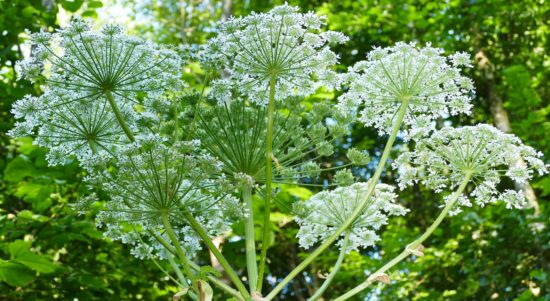
The plant grows to around 14 feet tall. And, as you can see in the photo above, it has a thick, green, hairy stem. At the top, it has large leaves and white flowers. Although it may seem inviting, you want to avoid it at all costs.
It grows in New York, Pennsylvania, Maryland, Oregon, Washington, Virginia, Vermont, New Hampshire, and Maine.
Water Hemlock
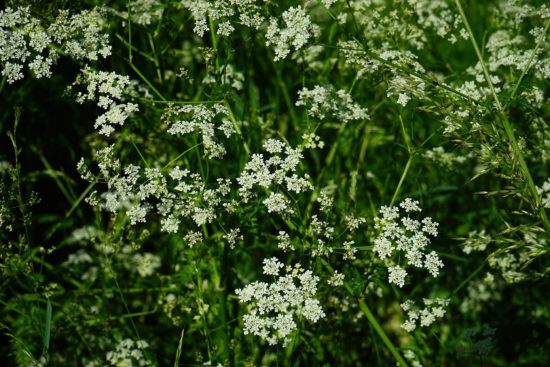
Water hemlock grows throughout the country and can be found in all 50 states. It generally grows along creeks and wetlands.
Deadly Nightshade
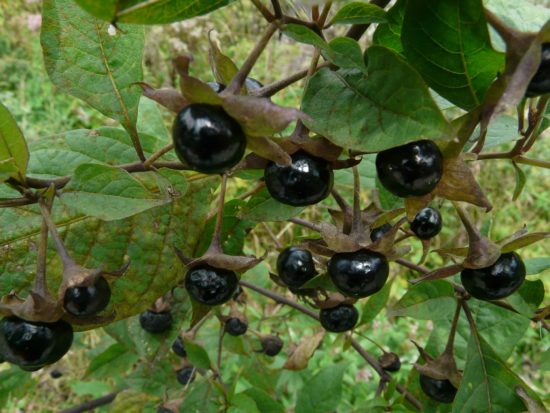
It has been used as a poison for centuries and when ingested, it caused the following symptoms: red face, dry mouth, dilated pupils, and a quickened pulse. If not treated in time, it can escalate to include heart arrhythmia, tremors, hallucinations, paranoia, and cramping.
Castor Oil Plant
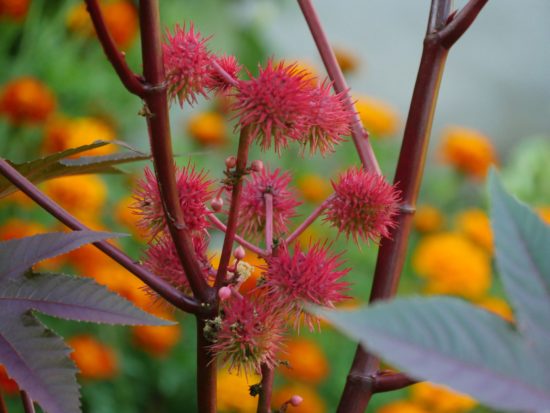
Although you can find Castor Oil in households nationwide and it has even been used as a laxative, its seeds are dangerous. Castor Oil seeds contain ricin, a toxin that, when ingested, can lead to gastric system burning, throat pain and burning, bloody diarrhea, and death. Two seeds can kill an adult.
The plant can be found throughout the Eastern part of the United States, in parts of the Midwest and California.
White Snakeroot
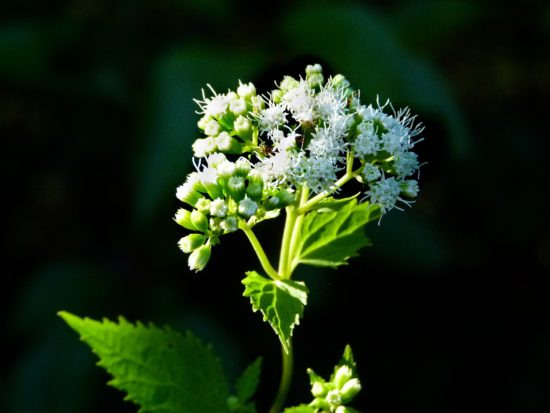
The plants are generally about 3 feet tall and have leaves that are sharp on the edges, pointing al directions. It is found in the Midwest and the Eastern part of the United States. It is generally found in the woods or forest along streams.
These are just a few of the deadliest plants and weeds in the U.S. If you are planning a foraging or hiking trip, be sure you know the area and know what poisonous plants may be around. When in doubt, don’t eat what you find in the woods.
Read More
- Are Discount Airlines Putting Our Safety at Risk?
- Five Favorite Plants That Are Frugal
- What’s the Best Sunscreen for Summer 2018?
- Bug Repellents for Your Home and Yard
- Summer Road Trip Planning: Campgrounds, Trailer Parks, or Hotels?
- What is the Cost of Living in a Camper?

Comments